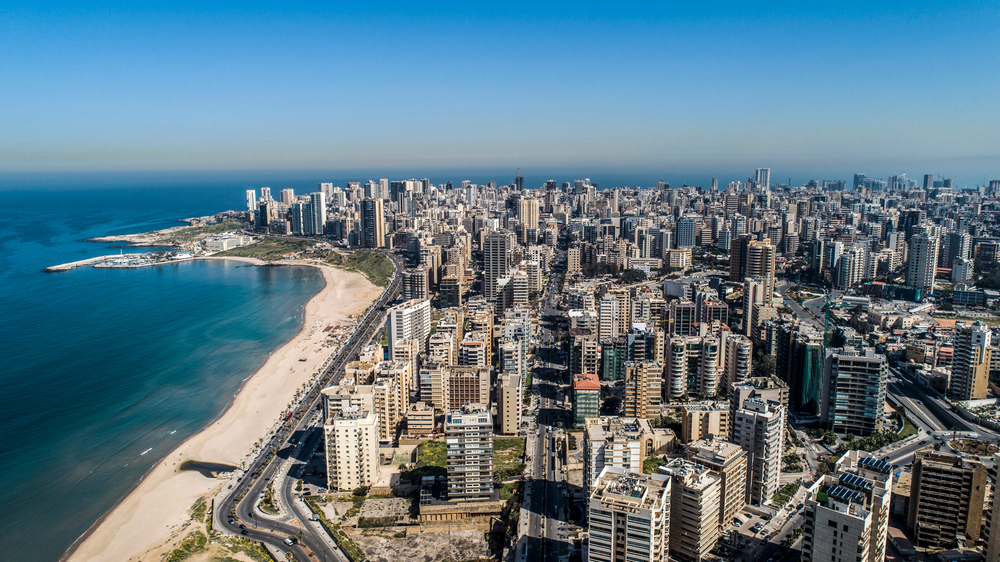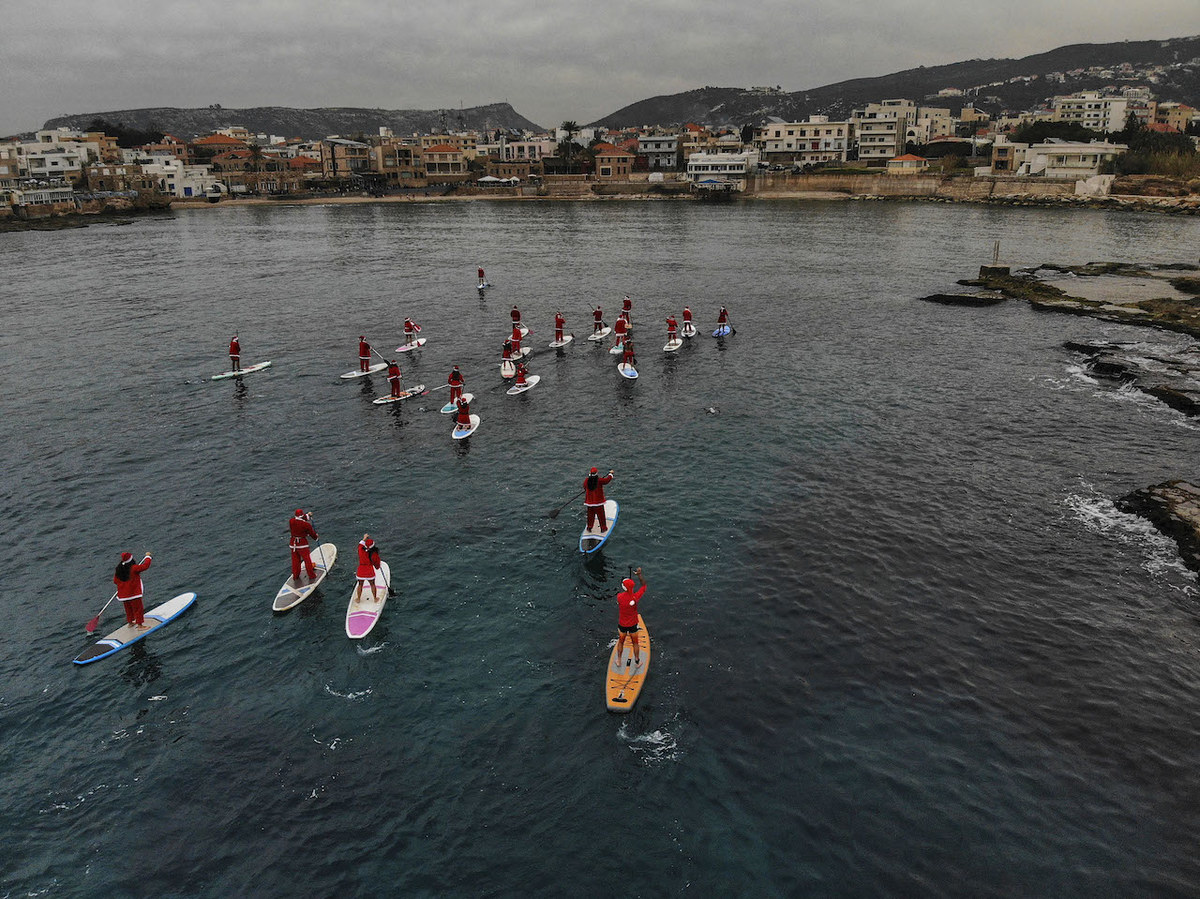BEIRUT: In Lebanon, the Christmas spirit is subdued this year, with Christian citizens grappling with a sense of unease about celebrating amidst the growing regional turmoil and the nation’s economic challenges — but who are still determined to mark the occasion with prayer and family gatherings.
Since Oct. 8, Israel has exchanged fire with armed groups in southern Lebanon on a near-daily basis, resulting in the death and injury of journalists, combatants and civilians.
Tony Bajani, from the Beirut Badro Business Association, told Arab News that “all the signs of joy seem artificial this year. It’s a way of proving our existence and trying to confirm that despite all the crises, we are still alive. What is happening in Gaza is unacceptable to both reason and logic. And perhaps the act of praying on Christmas Eve is the best expression of our need for the Savior to guide humanity.”
Bajani, a pub owner, reflects a general apathy toward celebrations. Since the initiation of conflict on the southern front of Lebanon by Hezbollah on Oct. 8, fears have heightened of a spillover and a repeat of previous devastating conflicts in the country.

Beirut’s economic woes are evident in the scaled-back holiday decorations, focused on commercial areas including hotels, restaurants and malls. (Shutterstock)
The situation is particularly tense in areas such as Kahala, where Bajani is from, due to recent clashes with Hezbollah. “The country was making progress before Oct. 7, but now it has regressed ... Despite the ongoing events, people will try to separate their emotions to feel alive and continue. However, this doesn’t mean that they are not affected.”
Beirut’s economic woes are evident in the scaled-back holiday decorations, focused on commercial areas including hotels, restaurants and malls. The intention is to draw customers despite the year’s losses, and to maintain some semblance of joy.
Even in Beirut’s markets, once bustling with activity, the festive decorations have been overshadowed by the decline in commercial life. However, some events are going ahead, including Solidere Corporate’s “Beirut Sings.”
The mood is somber in southern regions and the Bekaa, extending to Christian towns including Rmeish and Alma Al-Shaab. Zahle in the Bekaa Valley is making modest efforts to celebrate.
Rita Saad from Al-Farzal said: “I have to be optimistic and celebrate Eid ... On Eid, we will forget, even for a while, what is happening around us.”
In northern towns including Jounieh, Jbeil and Batroun, there is a facade of celebrations for commercial purposes, and the mood remains somber.
Father George Sadaqa, former head of the Antonine Order, said: “We stand in solidarity with justice ... Our celebration of Christmas is an attempt to honor God.”
Civil society organizations are focusing on children’s events, church songs, and handicraft exhibitions. The head of the Halim Al-Hawat Charitable Foundation in Jbeil, Zeina Hawat Kinaan, said: “The celebration is an attempt to keep smiles on the faces of children.”

An aerial view shows people dressed with Santa Claus outfits riding on standup paddles in the Mediterranean Sea, in Lebanon's northern coastal city of Batroun on December 21, 2023. (Photo by Ibrahim Chalhoub / AFP)
In Tyre, the ongoing bombings near the border has dampened Christmas preparations, affecting the displaced Lebanese from border villages. The Roman Catholic Archdiocese of Sidon’s Christmas activities reflect the regional pain.
The Roman Catholic bishop of Sidon, Elie Bechara Haddad, said: “There is a painful atmosphere in the entire region ... We decided not to accept congratulations this year.”
A displaced person, preferring anonymity, said: “We feel a lump in our hearts. Celebrating the holiday at a time when victims are falling is unethical.”
UNICEF reports indicate high levels of anxiety and depression among families in southern Lebanon and Palestinian refugee children.
Tony Al-Rami, head of the Syndicate of Owners of Restaurants, reflected on the decline in tourism. “Lebanon needs peace and security for reservations in its restaurants and nightclubs to increase.”
While Christmas in Lebanon this year has been marred by regional unrest and economic hardships, there remain a somewhat steely determination to have some form of celebration.



















